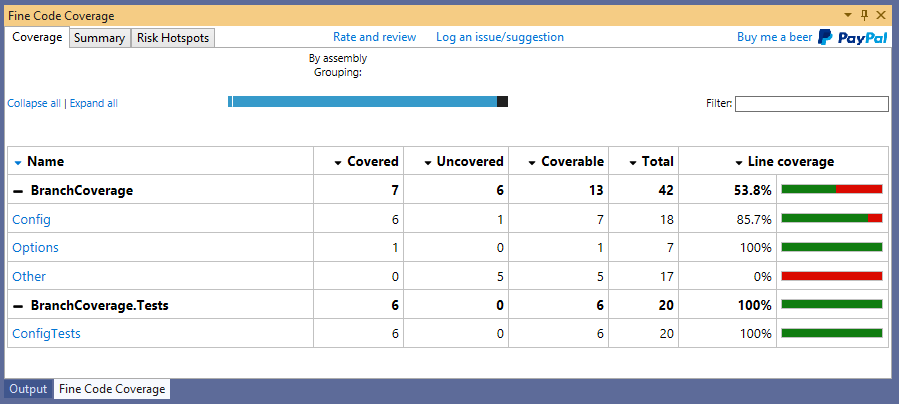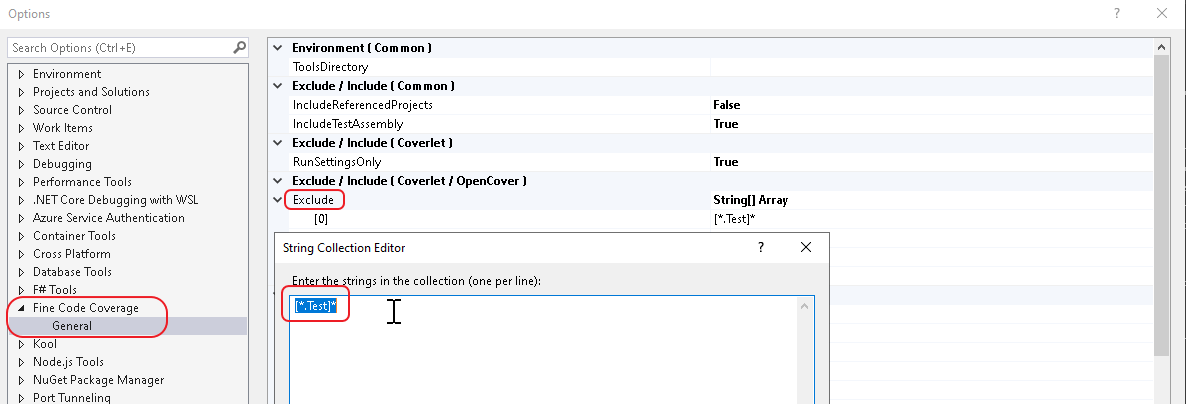The Visual Studio 2022
.httpfile editor provides a convenient way to test ASP.NET Core projects, especially API apps. The editor provides a UI that:
- Creates and updates
.httpfiles.- Sends HTTP requests specified in
.httpfiles.- Displays the responses.
This article contains documentation for:
- The
.httpfile syntax.- How to use the
.httpfile editor.- How to create requests in
.httpfiles by using the Visual Studio 2022 Endpoints Explorer.The
.httpfile format and editor was inspired by the Visual Studio Code REST Client extension. The Visual Studio 2022.httpeditor recognizes.restas an alternative file extension for the same file format.
Source: Use .http files in Visual Studio 2022 | Microsoft Learn


